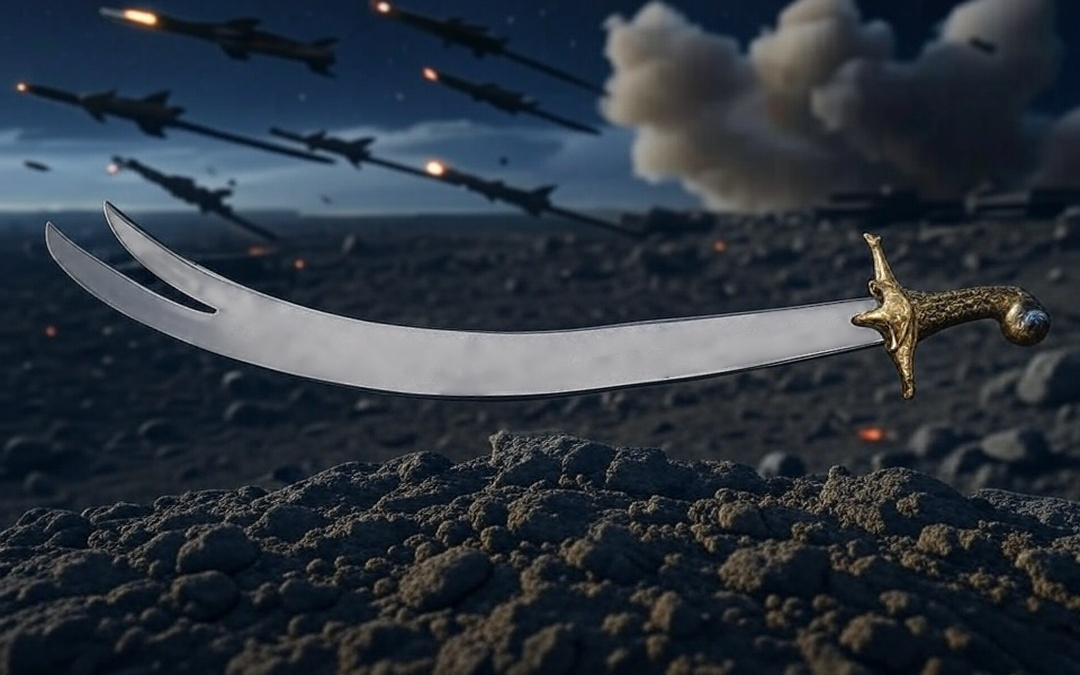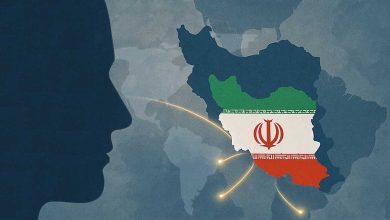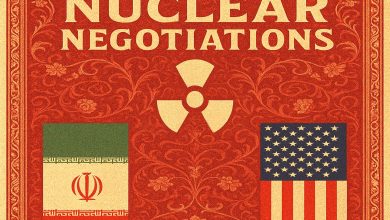Sermon 27 of Nahj al-Balaghah: The Defensive Doctrine of the Islamic Republic of Iran

The teachings of Sermon 27 in Nahj al-Balaghah emphasize principles such as preemption, striking the enemy within its own territory, avoiding passive defense on one’s own soil, jihad as the source of dignity and security, and active deterrence. This sermon is not merely a moral exhortation but a strategic text—couched in religious language yet grounded in political-military logic. Imam Ali (AS) warns that a people who wait passively at home for the enemy’s invasion will inevitably fall into humiliation. Thus, the foundation of a defensive doctrine must rest on the understanding that war cannot be managed through passivity; threats must be neutralized at their inception, and the enemy must be engaged before it organizes an attack.
Imam Ali (AS) states in this sermon:
-
“Indeed, jihad is a gate from among the gates of Paradise.”
-
“Attack them before they attack you.”
-
“By Allah, no people were ever attacked in their own homes except that they became humiliated.”
This logic carries exceptional relevance for Iran today, which exists within a highly complex security environment characterized by multi-layered threats. The enemy does not approach merely with classical armies at the border; rather, it wages erosion warfare across cyber, media, economic, intelligence, and even biological domains. Hence, adopting a purely defensive posture means playing on the enemy’s terms. By contrast, the lesson of Sermon 27 calls for a hybrid offensive-deterrent strategy that blends hard and soft power, jihadist spirit and modern technology, overturning the equation of threats.
On the military front, this doctrine requires the preservation and enhancement of missile and drone capabilities, which enable preemptive strikes on enemy bases, depots, and command centers. Iran’s missile power is not merely a defensive tool for border protection but a strategic arm to extend battlefields into enemy territory. Complementing this, layered air defense, electronic warfare systems, and cyber capabilities must be integrated to disrupt enemy aggression in its earliest stages. Moreover, Iran’s forward presence through networks of allied forces and resistance groups expands its strategic depth, multiplying the costs of hostile action. In this sense, Iran’s defense is not confined to geographic borders but rests upon a regional security belt—where every point can serve as a launchpad for preemptive confrontation.
The experience of the 12-day war further demonstrated that Iran’s doctrine must recalibrate its strategic deterrence. Some of Iran’s adversaries shield themselves behind nuclear deterrence, reshaping the region’s security equation. Thus, a key element of future doctrine must be the strengthening of asymmetric deterrence—not confined to missiles and drones but encompassing broader strategic capacities. Access to nuclear deterrent potential could serve as a complementary pillar of Iran’s grand strategy to dissuade adversaries already equipped with such weapons from reckless adventurism.
The economic dimension of this doctrine is no less critical than the military. Just as today’s wars extend beyond physical battlefields, sanctions and financial pressure form part of the enemy’s arsenal. The message of Nahj al-Balaghah regarding independence and freedom from reliance on outsiders translates into the policy of “resistance economy.” Iran must be capable of withstanding prolonged pressure, localizing defense supply chains, and guaranteeing food and energy security as the backbone of a protracted conflict. Economic resilience itself becomes a form of deterrence: an enemy contemplates war only if it believes sanctions and pressures have hollowed out society from within. But if a resilient economy preserves social endurance and war sustainability, the enemy hesitates.
On the cultural-social front, Sermon 27 reveals that war is not solely a military phenomenon but also an identity-based and spiritual struggle. When Imam Ali (AS) describes jihad as a gate to Paradise, he points to a motivational and spiritual force capable of neutralizing the enemy’s material superiority. Within Iran’s defensive doctrine, this principle translates into cultivating jihadist spirit, public readiness for resistance, and strengthening national-religious identity so that society withstands psychological warfare and media operations. Modern history demonstrates that purely professional armies without popular and ideological backing falter under prolonged pressure, while communities that embrace war as a sacred duty endure beyond material limits.
Diplomatically, the teaching of Sermon 27 underscores that the Islamic Republic must not wait for anti-Iran blocs to form. Instead, it must proactively shape regional and global alliances. Active diplomacy is part of preemptive warfare: creating mutual economic interdependence with neighbors, leveraging energy as a bargaining tool, and establishing independent narratives in the international sphere all constitute offensive diplomacy rather than passive defense. Just as military campaigns are more effective on enemy soil, political and media battles must also be waged within adversary societies—through smart diplomacy and psychological operations targeting their public opinion, raising the costs of war-making.
The outcome of this doctrine is to transform Iran into a power not only capable of defending itself but also of converting threats into opportunities for regional influence. The most critical result is that adversaries will never dare bring war onto Iranian soil, knowing the first spark would ignite their own homes. Deterrence here rests not merely on destructive capacity, but on a composite of economic resilience, social cohesion, informational superiority, and offensive capability.
Thus, Iran’s defensive doctrine—rooted in Sermon 27 of Nahj al-Balaghah—defines defense not as passivity but as “offense for deterrence.” It asserts that dignity and security lie in preemptive action, while humiliation and defeat are the outcome of waiting passively for the enemy at home. Accordingly, Iran’s defense policy must always rest upon three core pillars: hard power for preemptive strikes, soft power for social and spiritual resilience, and smart power for managing diplomacy and hybrid warfare. This model not only aligns with Iran’s historical and cultural context but also suits today’s geopolitical realities and offers a roadmap for survival against intensifying global threats.






